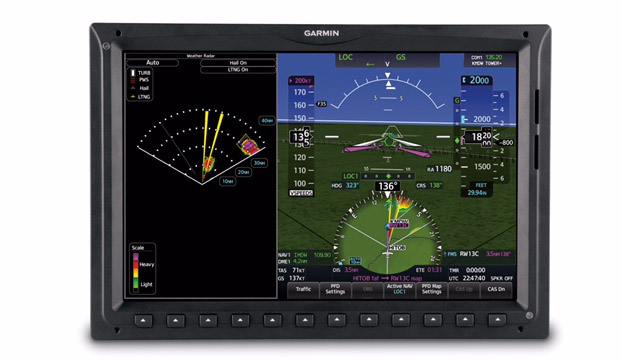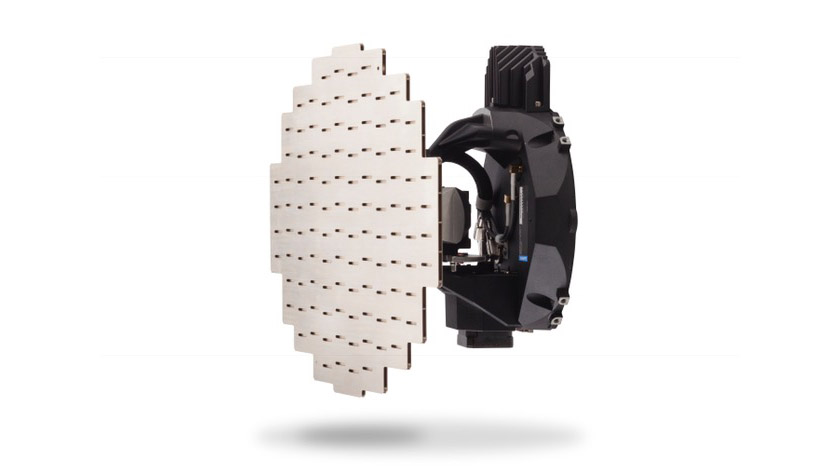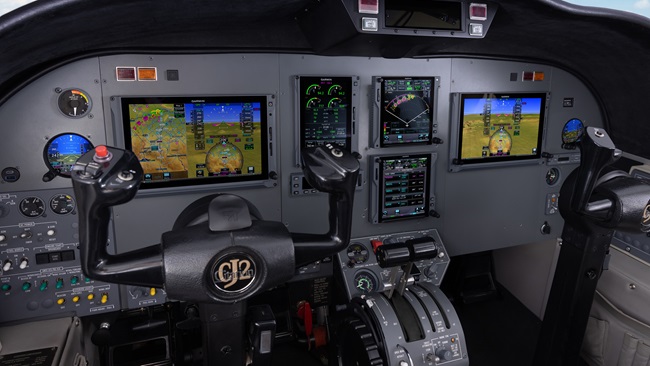Longitude gets Garmin's new Doppler radar
Textron Aviation’s super-midsize Citation Longitude will be the launch customer for Garmin International’s new GWX 80 Doppler-based airborne weather radar. The GWX 80 will “…bring a virtually zero-effort weather radar to the cockpits of thousands of new and existing aircraft on the market today,” said Carl Wolf, Garmin vice president of aviation sales and marketing.
“The GWX 80 goes beyond hail and lightning prediction to also display severe cells that may contain wind shear or turbulence,” Wolf said.

Automatic tilt prevents pilots from over scanning or under scanning. A Garmin press statement said that pilots simply select a range and the GWX 80 collects multiple scans at various tilt angles to create a comprehensive, easier-to-interpret weather radar image. Maximum range is listed as 320 nautical miles.
Aural wind shear warnings are provided with the GWX 80, as is Garmin’s WATCH (Weather Attenuated Color Highlight) technology, which identifies areas of attenuated radar returns caused by high levels of precipitation.
Garmin expects technical standard order certification of the GWX 80 by the end of 2017.




